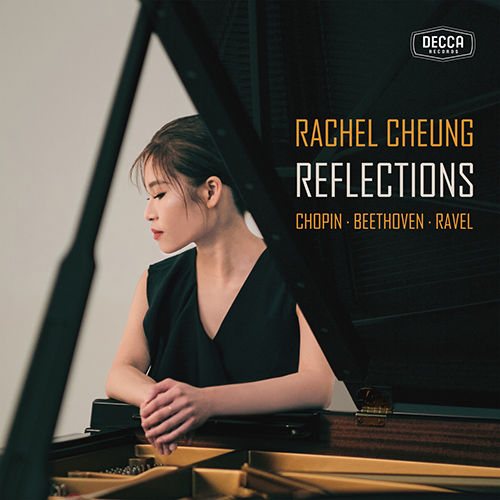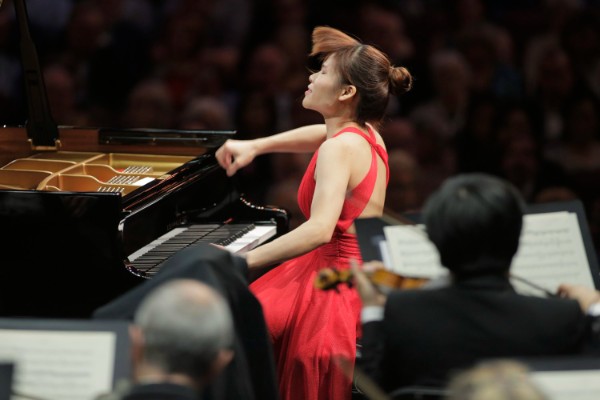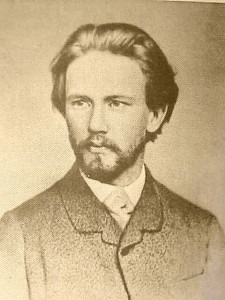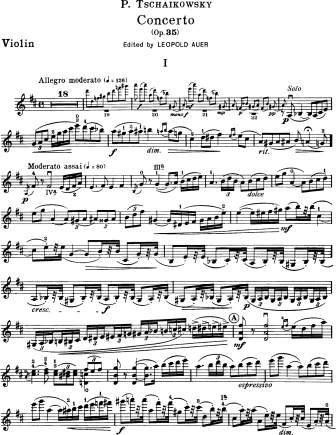
Rachel Cheung
By 13, her electrifying recital at the 2005 Miami International Piano Festival left audiences in awe, marking the rise of a prodigy destined for global stages. Cheung’s career secured prizes at the Llangollen International Musical Eisteddfod (2002), the Gina Bachauer International Junior Piano Competition (2004), and a historic fifth place at the 2009 Leeds International Pianoforte Competition.
Educated at Yale School of Music under Peter Frankl, she graduated with first-class honours and the Elizabeth Parisot Prize. A 2017 Van Cliburn finalist and Audience Award winner, Cheung’s performances are rich in emotional depth. To celebrate her birthday on 27 September, let’s sample some of her most iconic performances and recordings.
Reflections

In 2023, Rachel Cheung unveiled her debut international album, “Reflections,” under the Decca Classics label. This deeply personal collection, featuring works by Chopin, Beethoven, and Ravel, is a beautiful testament to her poetic sensitivity and dramatic flair.
Described by Cheung as a “collection of reflections” from her lifelong repertoire, the album weaves together works that resonate with her introspective artistry, capturing moments of vulnerability and brilliance. Gramophone noted her ability to “breathe new life into familiar works” through nuanced phrasing and a commanding yet intimate touch.
At the heart of “Reflections” lies Ravel’s Miroirs, a five-movement suite that Cheung transforms into a kaleidoscope of colour and emotion. Cheung’s interpretation is both meticulous and evocative, balancing Ravel’s delicate textures with bold, virtuosic flourishes.
The Dallas Morning News described her Ravel as “a mesmerising interplay of light and shadow.”
A Romance with Chopin

For Rachel Cheung, the music of Frédéric Chopin is a cornerstone of her repertoire, as she balances poetic lyricism with fiery virtuosity. In her performances, she reveals a profound connection to the composer’s introspective and turbulent world.
Cheung approaches each prelude as a miniature universe, with Gramophone praising her “singing tone and narrative clarity.” Particularly in her live performances, Cheung electrifies audiences with her elegance and passion.
Embodying Chopin’s blend of Romantic fervour and structural precision, Cheung evokes a delicate melancholy that critics have called “heartbreakingly vivid.” Although she radiates spontaneity, with her phrases breathing as if improvised, her performances are very much grounded in meticulous craftsmanship.
Dancing with the Devil
In her performance of Liszt’s Mephisto Waltz No. 1, Rachel Cheung showcases her virtuosic command and electrifying stage presence. She certainly captures the diabolical allure and frenzied energy of the composer’s devilish masterpiece.
Known for her ability to balance technical brilliance with narrative depth, Cheung infuses this fiendishly demanding work with a thrilling blend of demonic exuberance and seductive lyricism.
Critics have marvelled at her “dazzling dexterity and fiery intensity,” noting her ability to “conjure the waltz’s wild, otherworldly spirit” as if channelling Liszt’s own audacious flair. Cheung’s rendition transforms the piece into a vivid musical narrative, evoking the infernal dance with both precision and reckless abandon.
Transcendent Talent
Let’s conclude our birthday tribute with a trip down memory lane. At the age of 15, Rachel Cheung boldly stepped into the orchestral arena with heroic poise and unbridled passion in a performance of Beethoven’s Piano Concerto No. 3.
Supported by the Hong Kong Philharmonic Orchestra under Edo de Waart, Cheung navigated the turbulent drama and lyrical expanses of the music with a maturity far beyond her years.
This collaboration highlighted Cheung’s innate musicality and technical assurance, forging a dynamic partnership that elevated the work’s classical rigour into a deeply personal narrative.
Critics and audiences alike were struck by her “commanding presence and emotional depth,” as she channelled Beethoven’s revolutionary spirit into a vivid sonic odyssey. Today, Rachel Cheung continues to captivate global audiences with her transcendent artistry, blending virtuosic brilliance and emotional depth while nurturing the next generation through her Rachel Cheung Music Academy.

